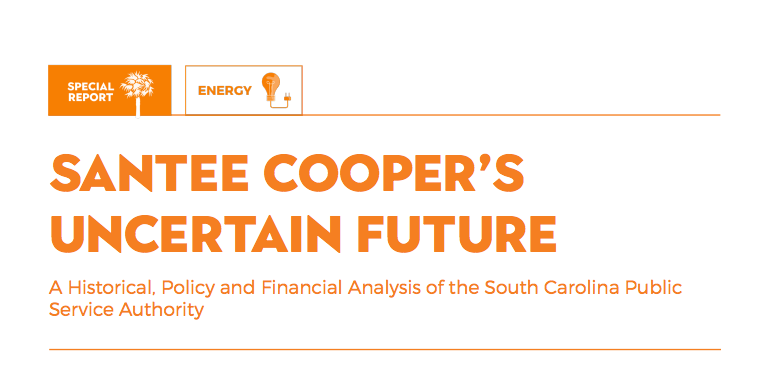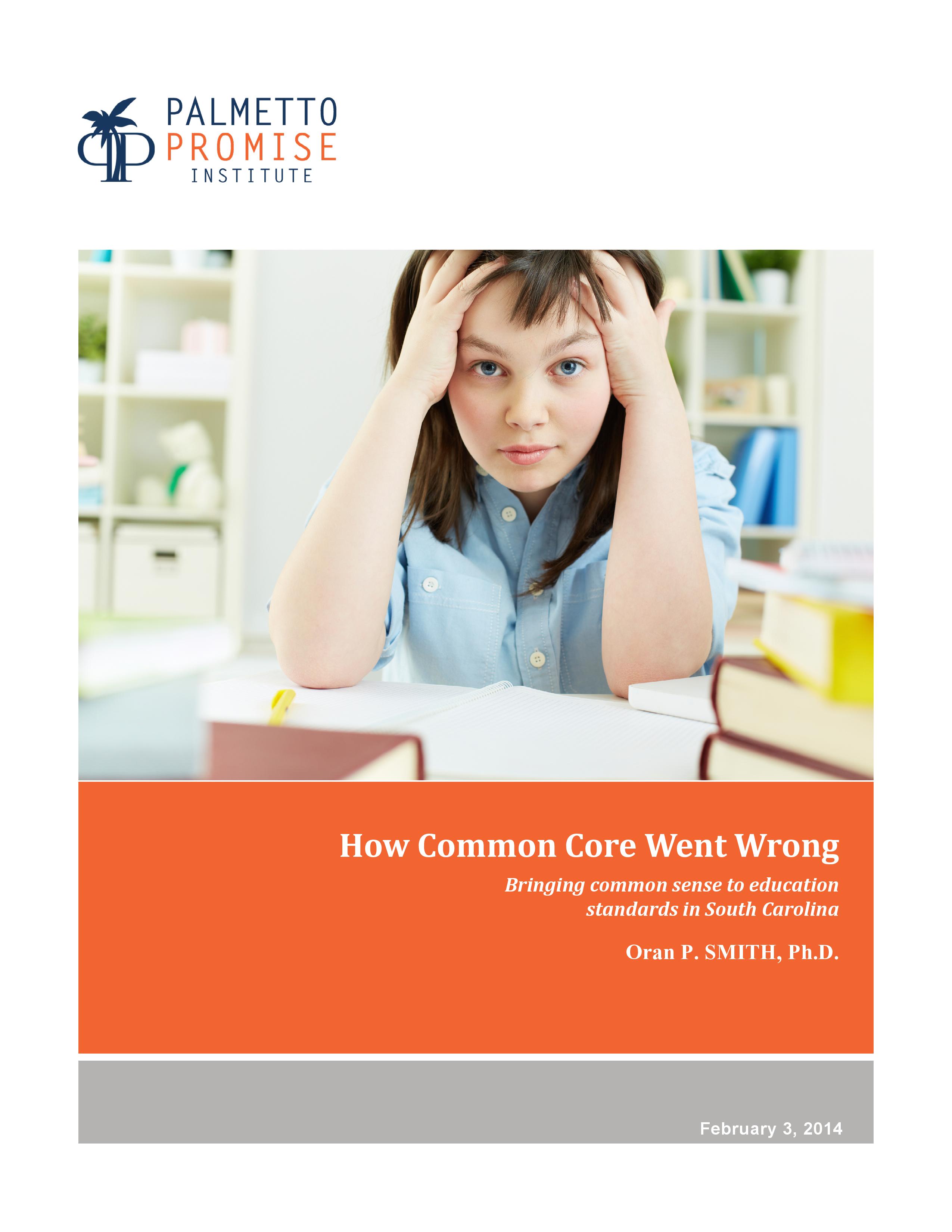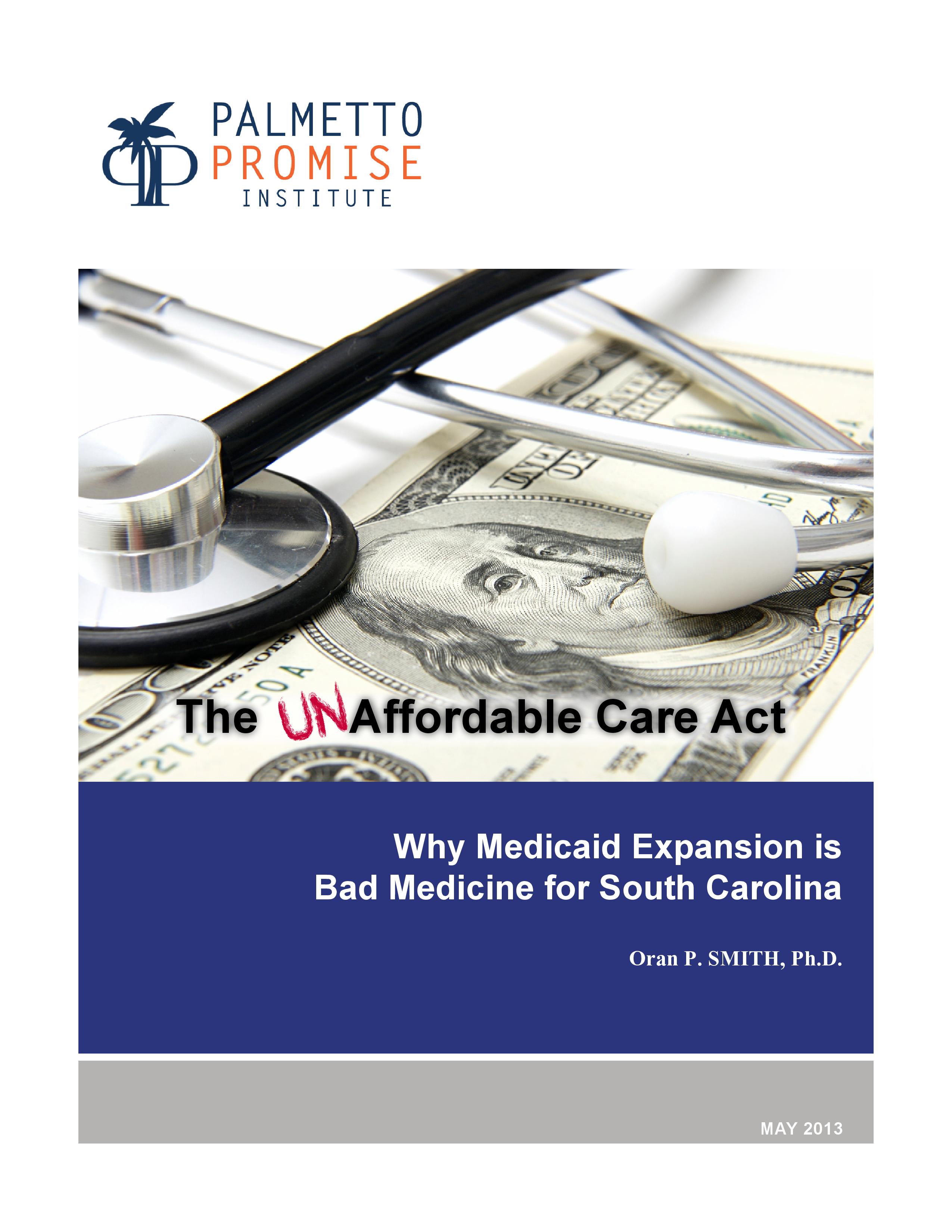As states like Michigan and Wisconsin discover the secret sauce of right-to-work, South Carolina stands to lose that current competitive advantage. In the most recent release of the Rich States, Poor States Economic Competitiveness Index, while our current performance puts us at #20, our outlook has fallen to #32, largely based on our levels of debt and uncompetitive tax structure.
Comprehensive tax reform is the single greatest next step we could take to ensure a bright outlook for South Carolina’s future. Our top marginal personal income tax rate is the highest in the Southeast. And while our corporate tax rate of 5% is one of the lowest in the nation, we exempt more corporate income than we collect, with the majority of credits accruing to larger, newer companies rather than smaller, older in-state companies. This imbalance cannot be sustained indefinitely and is not a long-term strategy for economic competitiveness.
This report outlines key features of the tax system currently in place in South Carolina and is organized by key issues affecting the impact of our various forms of taxes on the economy.














